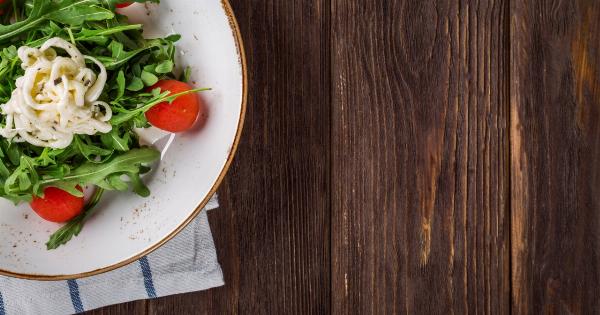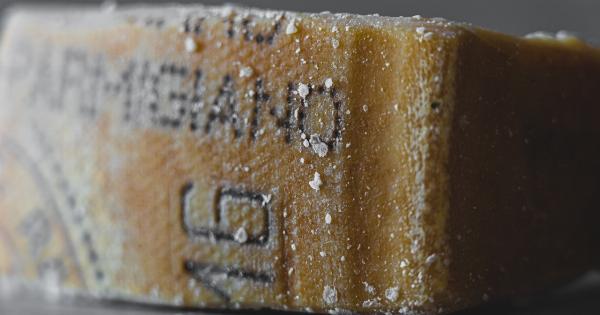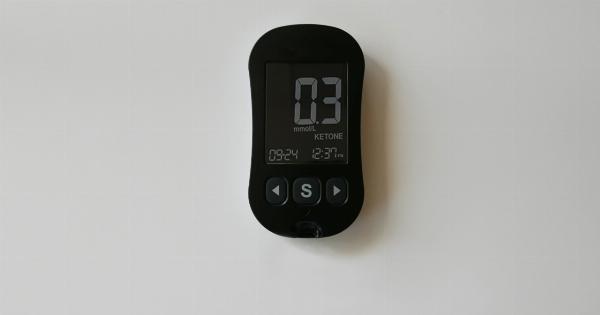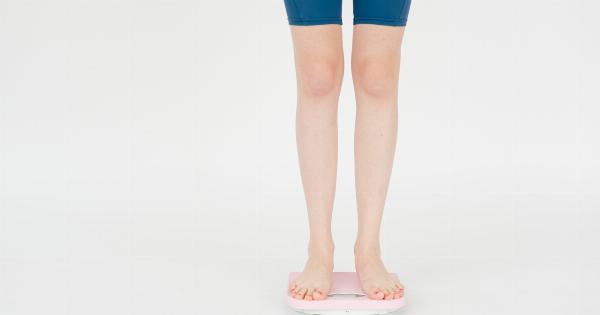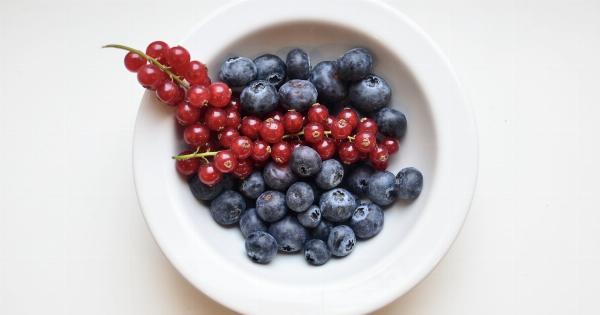Excessive sodium intake has been linked to various health issues such as high blood pressure, heart diseases, and kidney problems.
The average person consumes far more sodium than their body requires, mainly due to the abundance of processed foods in our modern diet. However, lowering your sodium intake doesn’t have to be a complicated or daunting task. By making a few simple adjustments to your eating habits, you can significantly reduce your sodium intake and improve your overall health.
Understanding Sodium and Its Impact on Health
Sodium is an essential mineral that plays a vital role in maintaining fluid balance, conducting nerve impulses, and supporting muscle function.
While our body requires a small amount of sodium to function properly, most individuals consume far more than necessary. Excessive sodium intake leads to increased blood volume, putting a strain on the heart and blood vessels. This can result in elevated blood pressure and ultimately contribute to the development of heart disease and other cardiovascular problems.
The Importance of Lowering Sodium Intake
Lowering sodium intake is crucial for maintaining good health. By reducing your sodium consumption, you can:.
- Lower your blood pressure
- Reduce your risk of heart disease and stroke
- Improve kidney function
- Decrease water retention and bloating
- Enhance the effectiveness of certain medications
- Promote overall heart health
Tips for Lowering Sodium Intake
If you’re ready to start on the path to reducing your sodium intake, here are some simple yet effective tips to help you get started:.
1. Cook at Home
When you cook your meals at home, you have more control over the ingredients and the amount of sodium used. Opt for homemade sauces and seasonings instead of store-bought ones, as they often contain high levels of sodium.
2. Read Food Labels
Get into the habit of reading food labels before purchasing packaged foods. Pay attention to the sodium content per serving and choose products with lower sodium levels.
Be wary of hidden sources of sodium such as monosodium glutamate (MSG) and sodium nitrate.
3. Choose Fresh Foods
Whenever possible, opt for fresh foods rather than processed ones. Fresh fruits, vegetables, and meats are naturally low in sodium. Incorporate these into your diet to ensure you’re getting essential nutrients without excess sodium.
4. Limit Processed and Fast Foods
Processed and fast foods are notorious for their high sodium content. These include items like frozen meals, canned soups, chips, and fast food burgers. Limiting your consumption of these foods can go a long way in reducing your sodium intake.
5. Use Substitutes
Instead of reaching for the salt shaker, experiment with alternative seasonings and flavor enhancers. Herbs, spices, vinegar, lemon juice, and garlic can add a burst of flavor to your dishes without the need for excess sodium.
6. Rinse and Soak
Before cooking foods such as canned beans, rinsing them in water can help remove some of the excess sodium. Soaking certain high-sodium foods like bacon or pickles in water for a short duration can also help reduce sodium levels.
7. Cook in Batches
Cooking in larger quantities allows you to control the amount of sodium used in your meals. By preparing meals in advance, you can avoid relying on high-sodium convenience foods.
8. Be Mindful of Condiments
Condiments like ketchup, soy sauce, and salad dressings can be major sources of sodium. Choose reduced-sodium options or try making your own at home with low-sodium ingredients.
9. Hydrate with Water
Drinking water instead of sodium-rich beverages like soda or sports drinks can help reduce your overall sodium intake. Opt for water as your primary source of hydration.
10. Seek Support and Education
Joining support groups or working with a registered dietitian can provide you with valuable information, tips, and encouragement on reducing your sodium intake. They can help you set realistic goals and make sustainable changes to your eating habits.
Conclusion
Lowering your sodium intake is a crucial step towards better health. By implementing these simple tips, you can gradually reduce your sodium consumption and improve your well-being.
Remember, small changes add up over time, so start incorporating these habits into your daily routine and reap the long-term benefits of a low-sodium lifestyle.

